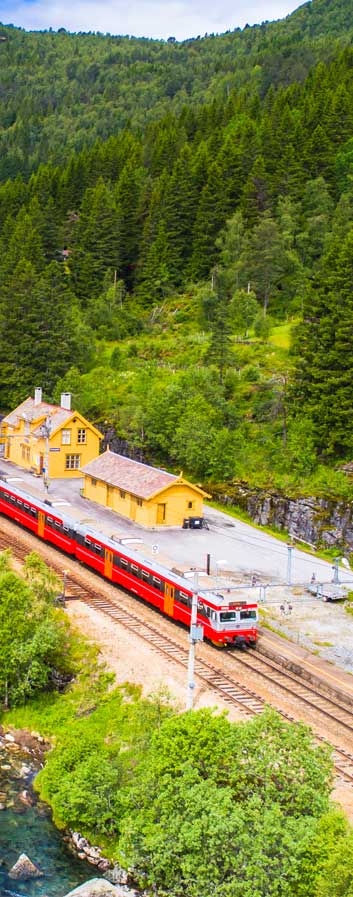Dolphin Watching
The most accessible part of the coast of Oman lies directly off the capital, Muscat. Here there are various tour operators offering dolphin-watching trips. The most commonly encountered species off Muscat are spinner dolphins (Stenella longirostris), which delight the viewer with their spinning leaps. The Spinners are often joined by long-nosed common dolphins, in mixed groups. Also encountered off Muscat, but on a less regular basis are Bryde's Whales (Balaenoptera edeni), Humpback Whales (Megaptera novangleae), Risso's Dolphins (Grampeus griseus), Bottlenose Dolphins (Tursiops aduncus), False Killer Whales (Pseudorca crassidens) and the occasional Killer Whale group (Orcinus orca) amongst others. The winter months (October-March) mean tolerable temperatures out on the water, but a slightly higher chance of encountering choppy weather. Around Muscat the summer months mean heat and humidity, but often calmer seas.
Heading down the coast, once you round the corner of Ras Al Hadd (with its famous turtle nesting beaches) and enter the Arabian Sea, the summer months are dominated by a hugely important seasonal occurrence. The southwest monsoon, between the months of June and September bring strong winds and waves to this more remote coastline. Nowhere is this more strongly felt than in the vicinity of Salalah in the far south of Oman. Here the moisture-laden air hits the hills of Jebel Samhan and forms dense fogs and rain is common. The barren landscape is transformed into a lush Garden of Eden. Under the sea a parallel transformation occurs. Gone are the warm, clear, tropical waters of the winter months, replaced by cold, nutrient rich waters welling up from the depths, driven by the surface winds. Suddenly kelp forests spring up alongside the coral gardens and the sea fills with plankton, kick-starting an unbelievably productive marine ecosystem. This has huge consequences for cetaceans living along this coast.
Resident Humpback whales
For many years OWDRG have been studying a small group of humpback whales on this coast. After hours spent recording the haunting songs of the males using hydrophones, taking DNA samples and using photo-ID an interesting pattern has emerged. It seems that these whales are some of the very few Humpbacks which don't migrate. They simply don't need to. In the winter, they enjoy relatively calm, warm waters for breeding, then come the summer, the productivity kicks off and they have all the food they could need. Our results seem to confirm this, as we have recorded sighting of humpbacks on this coast for every month of the year (although sightings during the monsoon are difficult due to fogs and high seas). Their songs seem to be very distinct from those of other humpback populations around the world.
Humpback & Blue whales
The steeply shelving coast to the east of Salalah, near Mirbat, provides the backdrop for many of our Sperm Whale sightings. Here the deep gullies and trenches reaching depths far in excess of 1000m provide the ideal terrain for these impressive leviathans to hunt squid. It is in this area that we have also had several unforgettable encounters with Blue Whales. It is suspected that these Blue whales also may not need to bother with the lengthy polar migrations, but our sightings are so sparse that it's too early to draw any conclusions. This scarcity is largely due to illegal whaling operations by Russian ships in the 1960's, which reported catches of 1200 Blue Whales from the wild coastline of Yemen and Oman. Whale and Dolphin watching off the Arabian Sea coast is still in its infancy and few, if any operators offer specific trips. However, it is always possible for the adventurous to charter a boat and make their own discoveries.


































